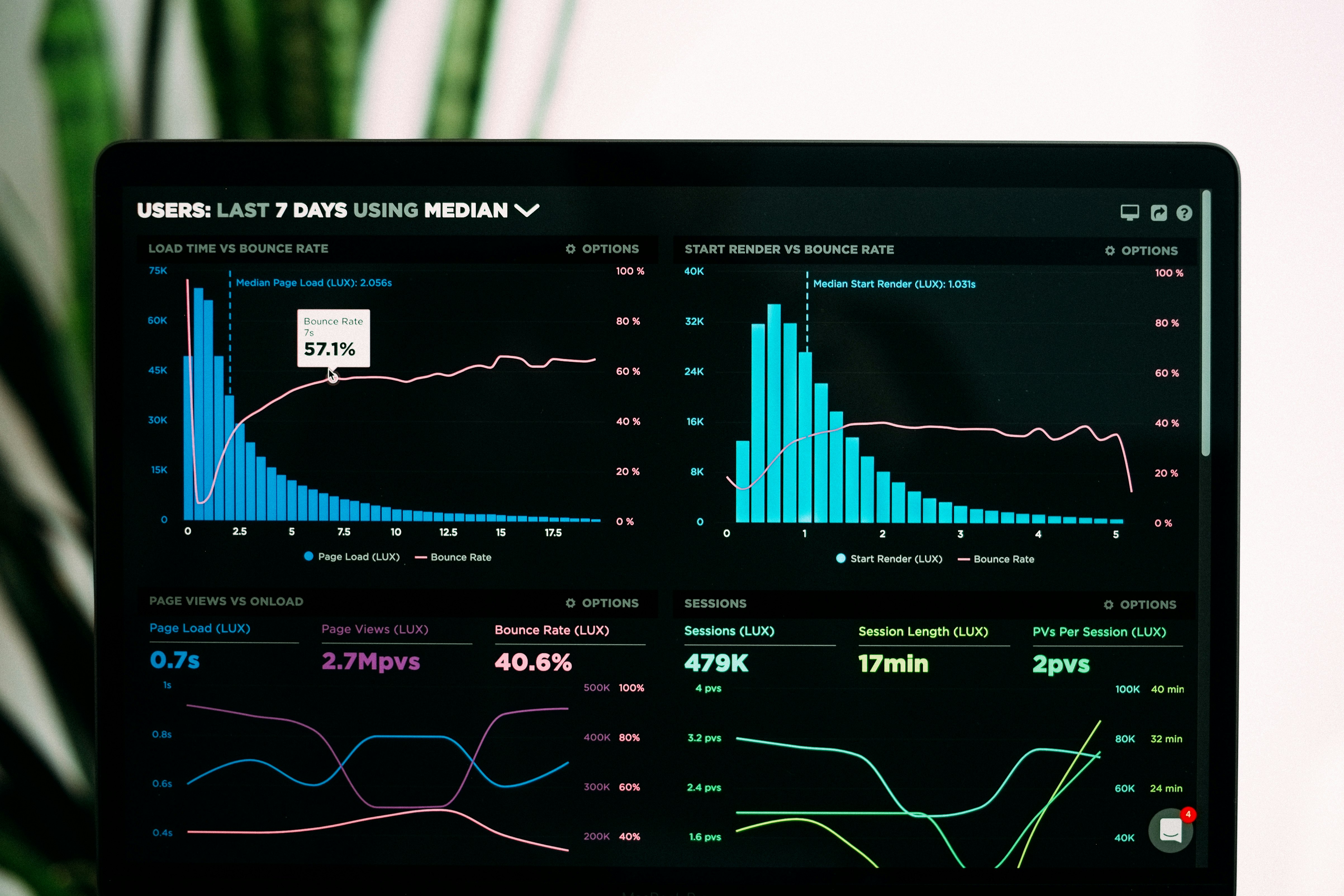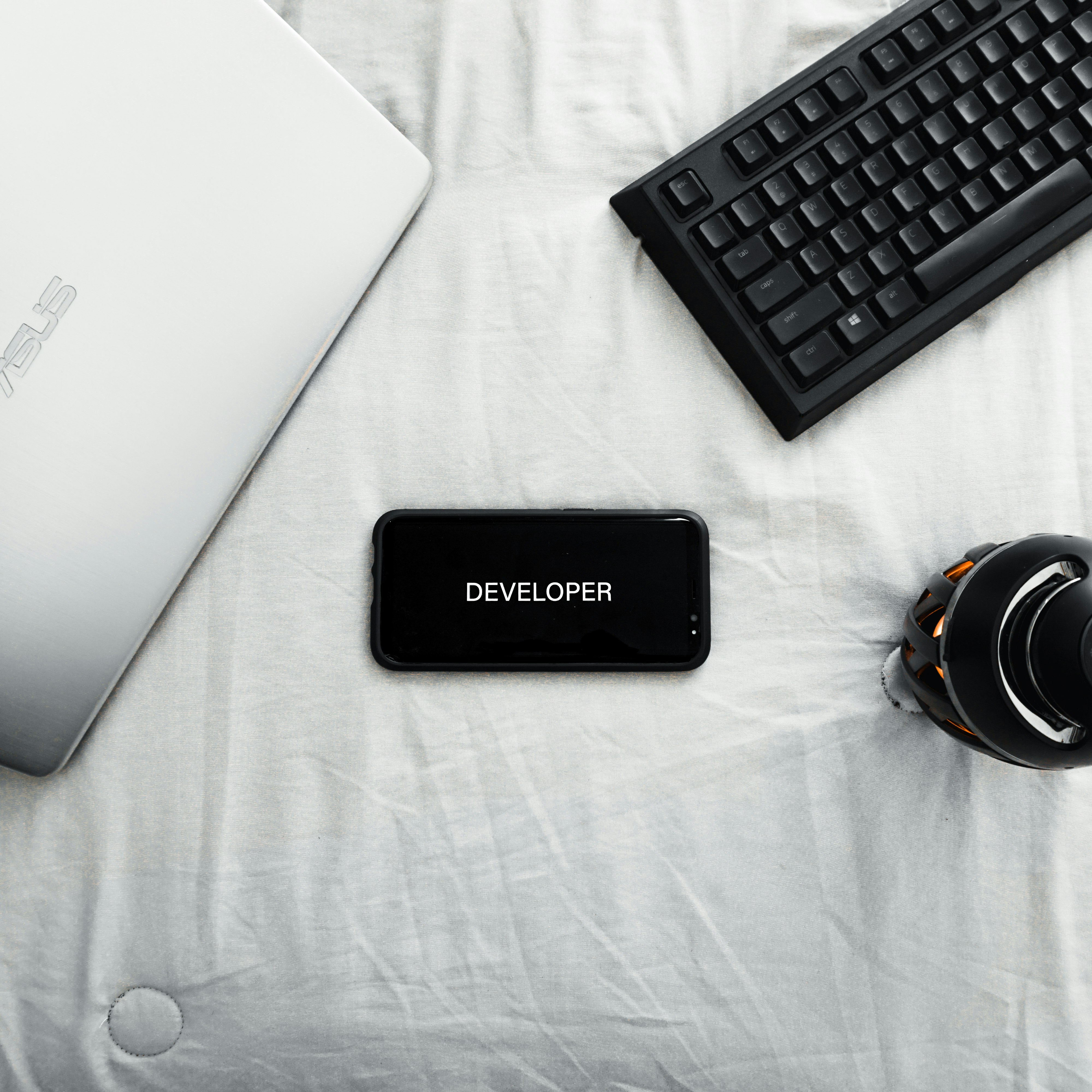Low-Code Development Platforms Explained: Choosing the Best AI Website Builder for 2025
⚡️ One-Paragraph Snapshot
The time of nocode is here—and 2025 looks set to crown a new generation of AI website builder and low-code platforms. With analysts projecting that 70% of new business apps will rely on low-code tools by 2025 (Gartner), entrepreneurs and indie hackers can now ship production-grade sites in minutes instead of months. This guide breaks down market stats, essential features, and head-to-head comparisons of Creatr, Wix ADI, Webflow AI, Framer, Vercel v0.dev, Bolt.new, and Lovable.dev—so you can decide how to build a website in under an hour without drowning in jargon or hype.
Why Low-Code & AI Matter in 2025
This is the best time to turn ideas into products. Gartner expects non-IT creators to make up 80% of low-code users by 2026, while IDC forecasts the global low-code developer population to double by 2028. For founders, that means:
- Speed – ship faster than funded competitors.
- Cost – cut engineering spend by up to 70%.
- Flexibility – own your roadmap without technical gatekeepers.
// Traditional development vs Low-code approach
// Traditional: Weeks to months
const traditionalDev = {
designPhase: '2-4 weeks',
developmentPhase: '1-3 months',
testingPhase: '2-4 weeks',
deployment: '1 week',
totalTimeToMarket: '2-5 months',
costEstimate: '$20,000-$100,000'
};
// Low-code with AI: Hours to days
const lowCodeDev = {
promptToMVP: '5-60 minutes',
refinementPhase: '1-2 days',
testing: '1-2 days',
deployment: 'minutes',
totalTimeToMarket: '1-5 days',
costEstimate: '$0-$500'
};
// ROI comparison
console.log(`Speed improvement: ${calculateSpeedImprovement(traditionalDev, lowCodeDev)}`);
// Output: Speed improvement: ~30x faster
Market Snapshot: Adoption & Growth
Developer Shortage vs. Low-Code Boom
Low-code tools will drive 65%+ of all app development this year, easing the talent crunch and letting small teams punch above their weight.
Cost & ROI Benchmarks
Forrester found 100% of enterprises using low-code report positive ROI, with many achieving payback in less than 6 months.
AI Website Builder Evaluation Framework
Speed to MVP
Look for chat-style prompting that outputs deploy-ready layouts. V0.dev delivered a functional site "in just an hour" during hands-on tests.
Design Quality & Branding Controls
Framer's AI Style lets teams lock brand tone across languages—critical for anyone targeting global markets.
Code Ownership & Extensibility
Platforms such as Creatr and Lovable.dev sync the generated repo to GitHub, so you can extend with custom code or migrate later.
Platform Deep-Dives
🏆 Creatr: Prompt-to-App Powerhouse
- One prompt → full product (Next.js + Tailwind + Supabase).
- Multi-model support (GPT-4, Claude, Gemini) for smarter generations.
- AI agents for chatbots, smart forms, and workflow automation—zero extra code.
- Real-time chat editor to tweak sections on the fly.
- Code export & GitHub sync—own everything you build.
Creatr is perfect when you need to iterate quickly, yet keep enterprise-grade ownership.
Wix ADI
Wix's AI Designer installs relevant apps, creates mobile-friendly layouts, and suits beginners. Their wizard-based approach makes it accessible for non-technical founders.
Webflow AI Site Builder
Webflow's new AI experience takes you "from zero to website faster—no code required" while staying within the visual-CSS paradigm senior designers love.
Framer AI
Best for pixel-perfect marketing sites with instant copy rewrite and translation. Framer excels at creating visually stunning landing pages with minimal effort.
Vercel v0.dev
A chat UI that outputs React + Tailwind components—great for developers who plan to self-host. Vercel's platform integrates seamlessly with their hosting environment.
Bolt.new
Focuses on full-stack web and mobile apps with Expo and Figma import. Bolt offers a unique hybrid approach for teams building cross-platform experiences.
Lovable.dev
Markets itself as a "super-human full-stack engineer" that fixes bugs automatically and lets teams branch features collaboratively.
Feature Comparison Table
| Platform | Speed to Draft | Code Export | AI Agents | Ideal User |
|---|---|---|---|---|
| Creatr | < 5 min prompt | ✅ GitHub sync | ✅ Chat + workflows | Makers needing ownership |
| Wix ADI | 10 min wizard | ❌ | ❌ | Non-tech solopreneurs |
| Webflow AI | 15 min | Partial (HTML/CSS) | ❌ | Designers |
| Framer AI | 10 min | Static export | ❌ | Marketers |
| v0.dev | 5 min chat | ✅ | ❌ | Dev-heavy teams |
| Bolt.new | 10 min | ✅ | Limited | Mobile/web founders |
| Lovable.dev | 7 min | ✅ | Bug-fix AI | Collaborative teams |
(Times based on publicly available case studies and user reviews.)
How to Build a Production Site in 60 Minutes (Blueprint)
- Describe your idea in one sentence.
- Paste it into Creatr's Prompt-to-App engine—wait ~2 minutes.
- Open the real-time editor; use chat commands to tweak colors & sections.
- Add an AI chatbot agent for lead capture.
- Click Export to GitHub; connect your repo & deploy on Vercel.
- Domain + analytics + SEO settings ⇢ Go live. You're done.
Quick Takeaways
- 70% of new apps will rely on low-code or no-code by 2025.
- Creatr offers full-stack code ownership—rare among AI builders.
- v0.dev and Bolt.new cater to developer-heavy teams needing flexibility.
- Wix ADI remains the easiest on-ramp for pure beginners.
- Framer & Webflow excel in visual polish and brand control.
- ROI is proven: enterprises adopting low-code see measurable gains.
Conclusion & Next Steps
Low-code has moved from curiosity to competitive edge. Whether you're a solo indie hacker or a scaling startup, picking the right AI website builder determines how fast you launch, iterate, and own your tech stack. Creatr combines GPT-4-grade generation with uncompromising code ownership—so you can prototype today and scale tomorrow. Ready to test it? Spin up a site, export the repo, and see how far you can get before your coffee cools.
FAQs
1. What is the difference between low-code and an AI website builder?
Low-code covers the broader category of drag-and-drop or model-driven tools, while an AI website builder specifically uses generative AI to automate layout, copy, or code.
2. Can I really build a site in under an hour?
Yes—v0.dev hit that mark in live reviews, and Creatr's prompt-to-app workflow is even faster.
3. Do I own my code with Creatr?
Absolutely. Creatr syncs your Next.js project directly to GitHub for full ownership.
4. How secure are low-code platforms?
Most leading vendors offer SSL, role-based access, and SOC 2 options; always audit before launch.
5. Is low-code only for small projects?
No—Gartner's enterprise LCAP category targets full custom apps at scale.
What feature matters most to you—speed, design freedom, or code ownership? Let us know in the comments and we'll help you choose the right platform for your needs!




